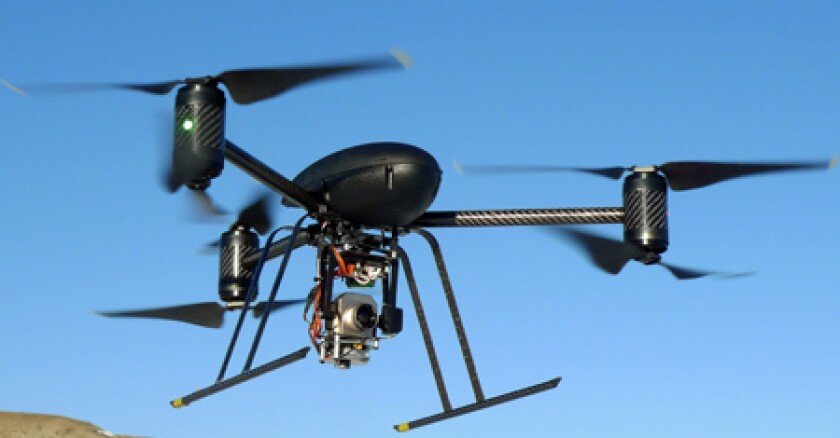The Drone as First Responder program will respond to calls including searches for missing people, gunshot detection alerts, robberies and grand larceny according to a news release. The devices will provide live audio and video footage to officers’ department-issued smartphones and aid officers’ initial scene assessment. With the live feed, officers operating the drones can share suspect descriptions and other timely information over police radio.
The program is an expansion of ongoing efforts to use technology in policing. With the launch, there are 100 total drones in use throughout the New York City Police Department (NYPD), though they differ in size and capabilities. The NYPD has used drones since 2018 to re-create floor plans to search collapsed buildings, facilitate communication with people trapped behind barricades, track suspects fleeing a crime scene, patrol above-ground train lines for subway surfers and in other situations. According to the news release, NYPD drones have been used for more than 4,000 missions in the last year.
The 10 newest drones are located in Brooklyn, the Bronx and Manhattan — two drones each in five command areas. Specifically, the drones are used in the 67th, 71st and 75th precincts in Brooklyn, the 48th Police Precinct in the Bronx and the Central Park Precinct in Manhattan.
Critics have called use of the devices in policing dystopian; one said it may infringe on First and Fourth Amendment rights, according to a May article in the New York Daily News.
“It doesn’t make us feel safer,” Daniel Schwarz, New York Civil Liberties Union senior privacy and technology strategist, said in the article. “The NYPD is playing fast and loose with our First and Fourth Amendment rights. Pervasive drone surveillance can be easily misused to exploit and discriminate against New Yorkers, putting all of our privacy at risk.”
Mayor Eric Adams, New York City Police Department Interim Commissioner Tom Donlon and other proponents said Wednesday they see the drones as a way to improve operational efficiency and provide greater transparency to the public.
“We are leveraging the latest technology to enhance the NYPD’s emergency-response capabilities, remotely sending drones to the exact longitude and latitude of where an emergency call comes and sometimes in as little as a minute,” Mayor Eric Adams said in a public statement. “These drones will mean more efficient policing and will help increase the safety of our responding NYPD officers and New Yorkers.”
The news release highlights the drones’ ability to respond rapidly, sometimes faster than officers and emergency vehicles, collect “clear, objective evidence” and operate in a variety of conditions, as key aspects of the program. Footage recorded by the drones is automatically deleted after 30 days unless there is reason to preserve it for use in an investigation, arrest or prosecution. According to the release, the drones have the potential to deliver first aid equipment to bystanders at emergency scenes, and floatation devices to swimmers in distress.
“It is a wise use of taxpayer dollars and city resources, freeing up law enforcement to engage in other public safety work and saving millions in overtime,” New York State Assemblymember Jenifer Rajkumar said in a statement.








